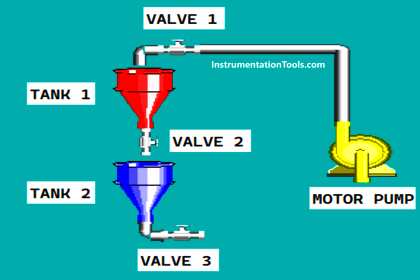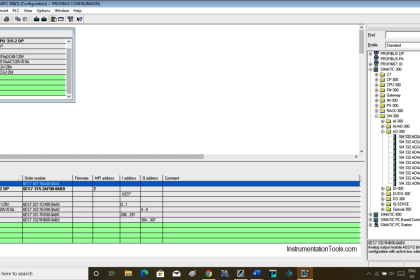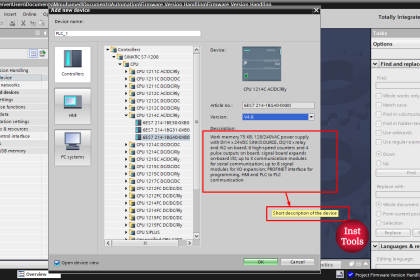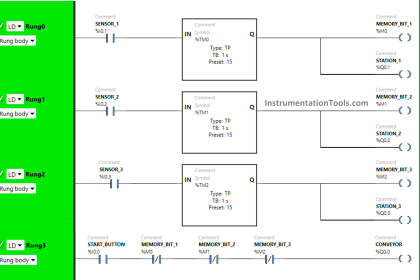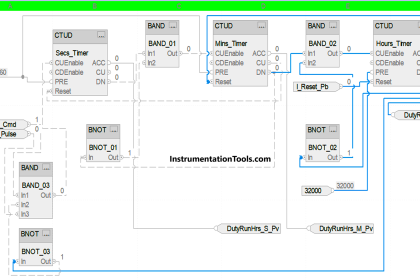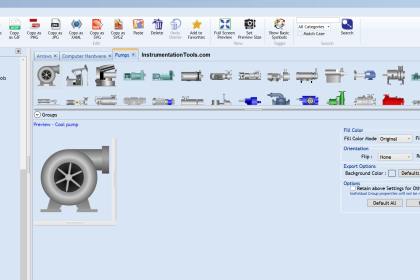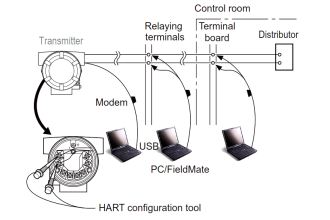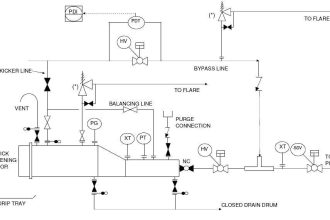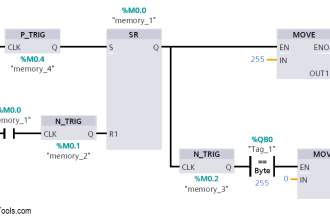Assumption: Readers are aware of the control system and general Factory Acceptance Test (FAT) procedure. We will talk about remote FAT it will be logic checking FAT or software FAT.
Remote Factory Acceptance Test
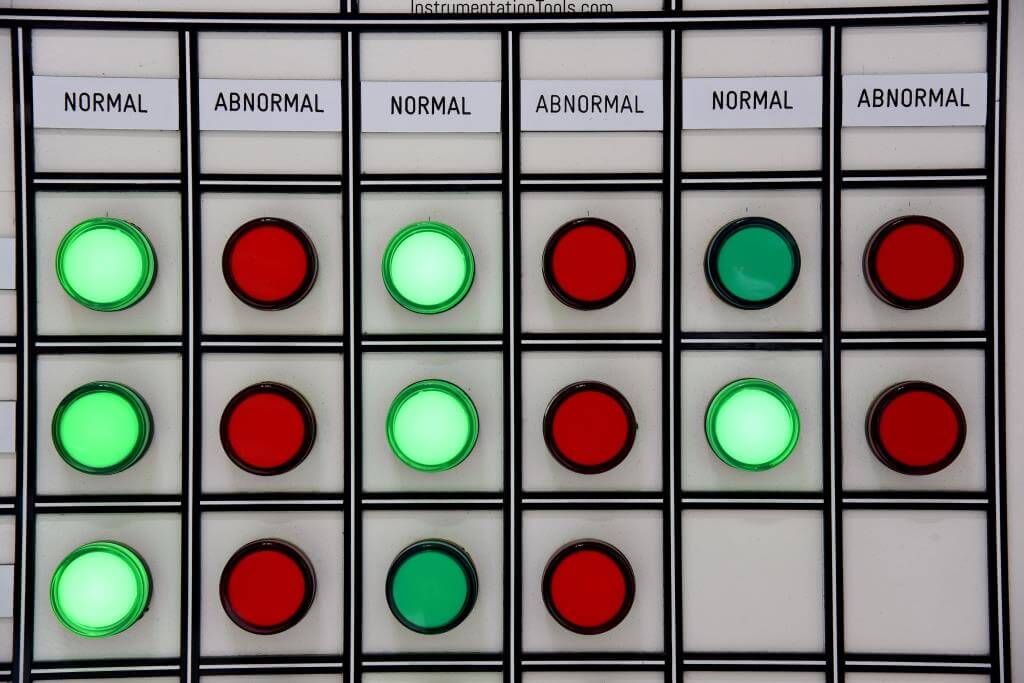
Remote Control…. That is a word that always fascinates people for a long time. You know the invention of remote control for the TV was done long back to control that device wirelessly. (This line has nothing to do with remote FAT Haha. Included to start the topic)
Here I would like to share about Remote FAT conduction for the control system software part. Nowadays a lot of control system vendors are offering this facility. And it is becoming very useful, for people don’t have to come in contact with each other and they don’t have to travel to any lockdown zone and infected zone. But this concept is not that new. It is in existence for a long time may be from 4-5 years or so. People used to avoid it for many reasons. That we will discuss later.
So what is Remote FAT?
So if we have a team that has team members sitting in different locations in the world. Now they have to conduct testing that is involved in a logic test of the control system. Then control system vendor can offer a solution in which testing can be conducted by projecting the testing screen to every team member’s computer. Now to achieve this various control systems can offer various solutions. Some vendors have a virtual engineering platform with which they can seamlessly conduct the test.
Some vendors may offer through meeting tools like Cisco WebEx, Zoom, Microsoft Teams, etc. In such tools screen sharing of system takes place. This kind of testing is done in connection with remote desktop, team viewer, etc. But this type of testing has its own limitations. Because many open platform get involved. The secrecy of the testing gets compromised. Still, if you are using WebEx or Microsoft Teams then privacy is not that big issue but these are completely dependent on the screen sharing. The only presenter can interact with their screen.
Now consider a scenario where the customer is testing a graphics with system vendor. Vendor’s is sharing system screen. Now control of the screen shall remain with the control system engineer. The testing engineer has to guide the control system engineer on what he wants to do. Even if he wants to check some navigation he has to rely on control system engineer. So the access of testing engineers is very limited in such a scenario.
Other than this there are other tools too which are specific to specific system vendors. In such a tool, testing engineers can also interact with the screen. These are more convenient to use and gives more confidence and comfort to the testing engineers.
Many control system vendors provide such a platform which includes Honeywell, Emerson, etc. They also use these platforms for virtual or cloud engineering without the requirement of actual hardware and can simulate all the logic without the requirement of hardware. The same platform are used for the testing to give a feel that the complete team is testing in one place but obviously it takes more internet bandwidth and requires a good internet connection.
Now, if these FAT are so convenient then why some people avoid them. So some people are not very comfortable with the idea of team members sitting in different locations. There can be some other reasons too. What do you people think? Why organizations avoid this way of doing FATs? Do let me know.
So this is a brief idea about the Remote FAT arrangement. I would like you people to add something if you want. Also, I would like to have your feedback on how your experience with such FATs.
Author: Ashish Sharma
If you liked this article, then please subscribe to our YouTube Channel for PLC and SCADA video tutorials.
You can also follow us on Facebook and Twitter to receive daily updates.
Read Next:
- Instrumentation MCQ
- Earthing in DCS or PLC
- Industrial Automation System
- Purging of Instruments
- Electrical Heat Tracing
